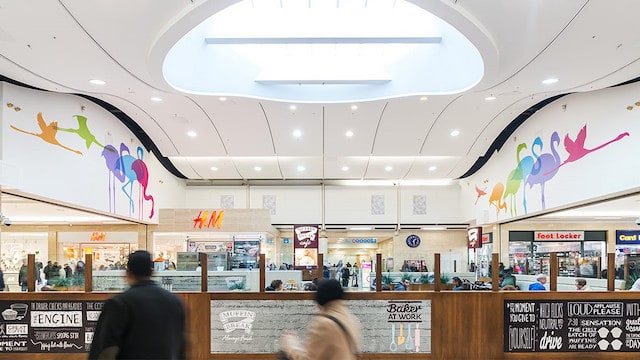Generating a high income return may be about to become much more difficult. Demand for high-yielding shares could rise due to a higher level of inflation. A larger number of investors may therefore seek to beat an inflation rate which is already at 2.9%, and is forecast to move higher over the medium term. With that in mind, buying these two 5%+ yielders could be a shrewd move.
Income potential
Reporting on Thursday was real estate investment trust (REIT) Capital & Regional (LSE: CAL). The company announced a trading update for the first half of the year. It showed continued growth in rental income, with further capex-driven gains expected in the second half.
Occupancy remained high at 95.5%, which is slightly ahead of the 95.4% figure as at December 2016. Like-for-like passing rent was £53.9m, which is 17% higher than from December 2016. The company’s accretive capex programme and specialist asset management platform are expected to deliver growth in income, with £1.1m of additional annual rent due to come on-stream in the next month.
Clearly, the outlook for the retail and property sectors are highly uncertain. Rising inflation could put pressure on consumer spending and lead to a slowdown in the rate of growth for the wider economy. However, with Capital & Regional having a sound strategy which has the potential to deliver growth, as well as a south east bias to its asset base, it could perform relatively well over the medium term.
Since the company has a dividend yield of 5.8%, it currently offers an income return which is twice the rate of inflation. This could lead to increased demand from investors for its shares, resulting in a higher valuation over the long run.
Value opportunity
Also offering a high income return in the long run is construction and services company Kier Group (LSE: KIE). Its shares appear to be relatively undervalued when compared to the wider industrials sector. Evidence of this can be seen in the price-to-earnings (P/E) ratio, with the company having a rating of 10.4 versus 16.2 for the wider sector. This suggests there is a wide margin of safety on offer, which could lead to relatively strong performance.
As well as capital growth potential, Kier also has income appeal. It has a forward dividend yield of around 5.5% and shareholder payouts are expected to rise by 4.4% next year. This should keep them ahead of inflation and add to the company’s income appeal. Since dividends are covered 1.6 times by profit, there could be scope for them to rise at a faster pace than earnings growth over the medium term without hurting the financial strength of the business.
As well as income and value appeal. Kier Group also has an upbeat growth outlook. It is expected to report a rise in earnings of 11% next year, which puts its shares on a price-to-earnings growth (PEG) ratio of just 0.9 at the present time.








